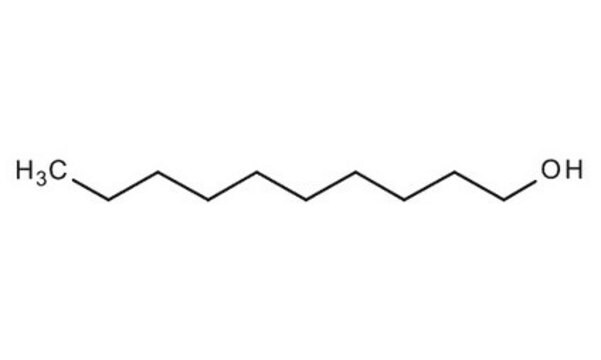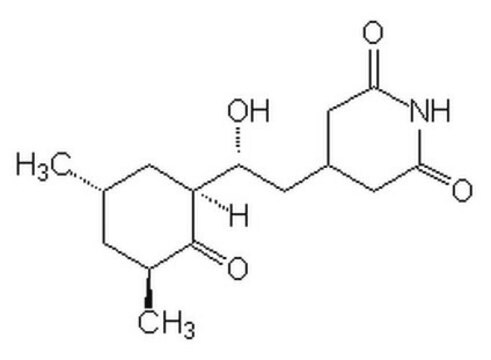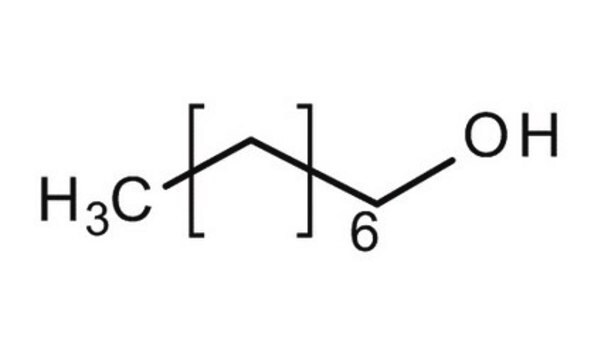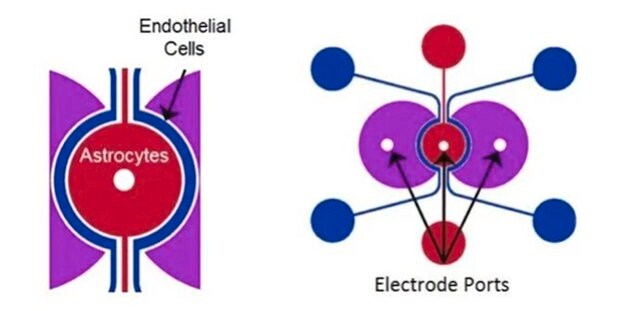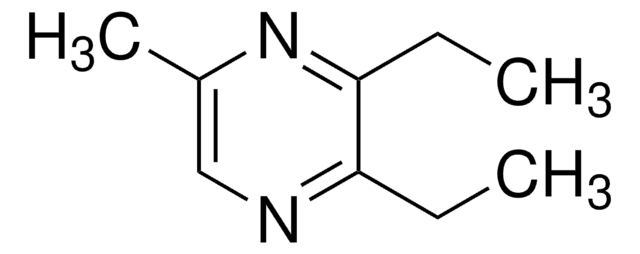W236500
1-Decanol
≥98%, FCC, FG
Sinonimo/i:
n-Decyl alcohol, Alcohol C10
About This Item
Halal
Kosher
Prodotti consigliati
Origine biologica
synthetic
Livello qualitativo
Grado
FG
Halal
Kosher
agenzia
meets purity specifications of JECFA
Conformità normativa
EU Regulation 1334/2008 & 178/2002
FCC
FDA 21 CFR 117
FDA 21 CFR 172.515
Densità del vapore
4.5 (vs air)
Tensione di vapore
1 mmHg ( 70 °C)
8.25 mmHg ( 100 °C)
Saggio
≥98%
Temp. autoaccensione
550 °F
Indice di rifrazione
n20/D 1.437 (lit.)
P. ebollizione
231 °C (lit.)
Punto di fusione
5-7 °C (lit.)
Solubilità
ethanol: 60%, clear, colorless (1mL/3mL)
Densità
0.829 g/mL at 25 °C (lit.)
applicazioni
flavors and fragrances
Documentazione
see Safety & Documentation for available documents
Allergene alimentare
coconut
Organolettico
fatty; waxy; fruity; rose
Stringa SMILE
CCCCCCCCCCO
InChI
1S/C10H22O/c1-2-3-4-5-6-7-8-9-10-11/h11H,2-10H2,1H3
MWKFXSUHUHTGQN-UHFFFAOYSA-N
Cerchi prodotti simili? Visita Guida al confronto tra prodotti
Categorie correlate
Descrizione generale
Applicazioni
- Electroextraction of methylene blue from aqueous environmental samples using paper points coupled with hollow fiber membranes.: This research investigates a novel method for removing methylene blue from water using 1-Decanol. The findings demonstrate the effectiveness of this approach in environmental cleanup applications, emphasizing the versatility of 1-Decanol in extraction processes (Orlando et al., 2024).
- Multi-objective optimization of ternary blends of Algal biodiesel-diesel-1-decanol to mitigate environmental pollution in powering a diesel engine using RSM, ANOVA, and artificial bee colony.: This study explores the use of 1-Decanol in creating eco-friendly fuel blends. The results indicate significant reductions in emissions and improvements in engine performance, demonstrating the environmental benefits of incorporating 1-Decanol in biodiesel formulations (Alruqi et al., 2023).
Avvertenze
Warning
Indicazioni di pericolo
Consigli di prudenza
Classi di pericolo
Aquatic Chronic 3 - Eye Irrit. 2
Codice della classe di stoccaggio
10 - Combustible liquids
Classe di pericolosità dell'acqua (WGK)
WGK 1
Punto d’infiammabilità (°F)
203.0 °F - Pensky-Martens closed cup
Punto d’infiammabilità (°C)
95 °C - Pensky-Martens closed cup
Dispositivi di protezione individuale
Eyeshields, Faceshields, Gloves, type ABEK (EN14387) respirator filter
Scegli una delle versioni più recenti:
Possiedi già questo prodotto?
I documenti relativi ai prodotti acquistati recentemente sono disponibili nell’Archivio dei documenti.
I clienti hanno visto anche
Il team dei nostri ricercatori vanta grande esperienza in tutte le aree della ricerca quali Life Science, scienza dei materiali, sintesi chimica, cromatografia, discipline analitiche, ecc..
Contatta l'Assistenza Tecnica.
